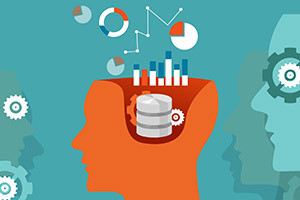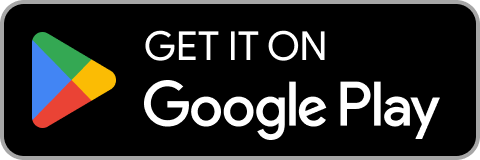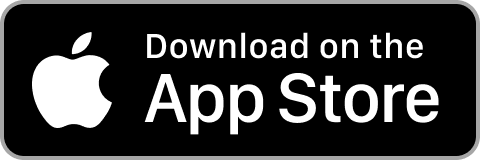The demand for skilled data scientists with a sound knowledge of programming languages is increasing exponentially. Python is one of the best data science programming languages. Apart from being easy to learn and implement, it has a wide range of applications in web and game development. This course teaches you programming concepts in Python and how they can be applied to manipulate and analyze data. It begins by introducing you to the Jupyter Notebook environment where you will be writing your code. Moving on, you will be taught how to use markdown cells to add images, text and links to your code. You will learn about variables, indentation and how to comment on your code for other programmers to understand. Furthermore, the course shows you how to work with different data types in Python such as lists, dictionaries, sets, and tuples as well as how to use operators.
Next, the material explores the various decision-making statements in Python such as the 'if statements', 'else statements', the 'else-if statements' as well as the 'for loops' and the 'while loops'. Functions are a great way to save time and effort when writing computer programs because they are a set of instructions that can be used repeatedly to perform a specific task when called upon. In this course, you will create a function that converts the temperature scale from Celsius to Fahrenheit and then call it out to execution. Learners will gain an understanding of the difference between the print function and the return statements as well as the AWS Lambda keyword and its syntax. This free Python course also teached you how to iterate and use the concept of nesting to access other functions and variables. You will learn about double indexing and how to select a specific item from a list or dictionary.
Python libraries play an important role in data science as they help eliminate the need for writing programs from scratch. The final part focuses on two key Python libraries - NumPy and Pandas - which ease sorting, manipulating and the analysis of a data set. The material shows you how to create and shape an array using NumPy and how to select items from a data set using the NumPy indexing and slicing techniques. The various functions of NumPy that serve different purposes will be reviewed. Then, the focus shifts to Pandas, where you will gain a thorough understanding of how to engineer and examine raw data. This course is your stepping stone to a career in data science, as it walks you through the basics of the application of Python to data science.
What You Will Learn In This Free Course
View All Learning Outcomes View Less All Alison courses are free to enrol study and complete. To successfully complete this course and become an Alison Graduate, you need to achieve 80% or higher in each course assessment. Once you have completed this course, you have the option to acquire an official , which is a great way to share your achievement with the world.
Your Alison is:
- Ideal for sharing with potential employers
- Great for your CV, professional social media profiles and job applications.
- An indication of your commitment to continuously learn, upskill & achieve high results.
- An incentive for you to continue empowering yourself through lifelong learning.
Alison offers 3 types of s for completed courses:
- Digital : a downloadable in PDF format immediately available to you when you complete your purchase.
- : a physical version of your officially branded and security-marked
All s are available to purchase through the Alison Shop. For more information on purchasing Alison , please visit our FAQs. If you decide not to purchase your Alison , you can still demonstrate your achievement by sharing your Learner Record or Learner Achievement Verification, both of which are accessible from your Account Settings.














 Avg Hours
Avg Hours CPD Accredited
CPD Accredited
 Total XP:
Total XP: 
 Knowledge & Skills You Will Learn
Knowledge & Skills You Will Learn







